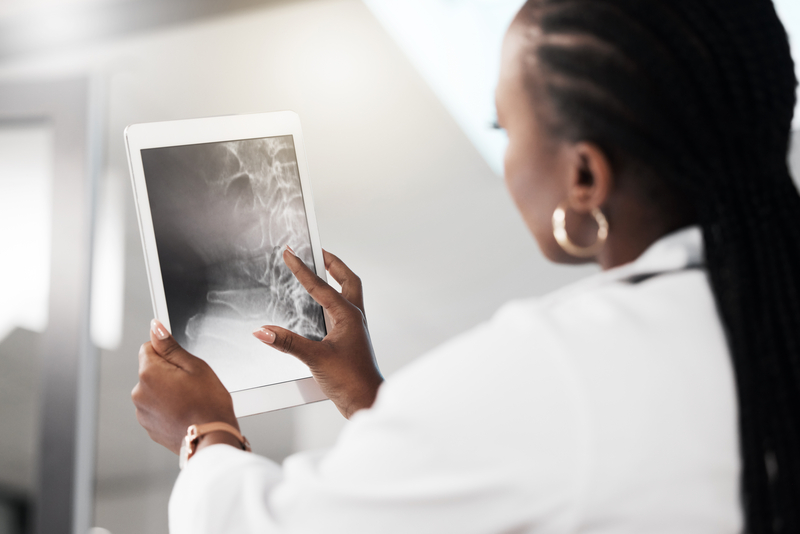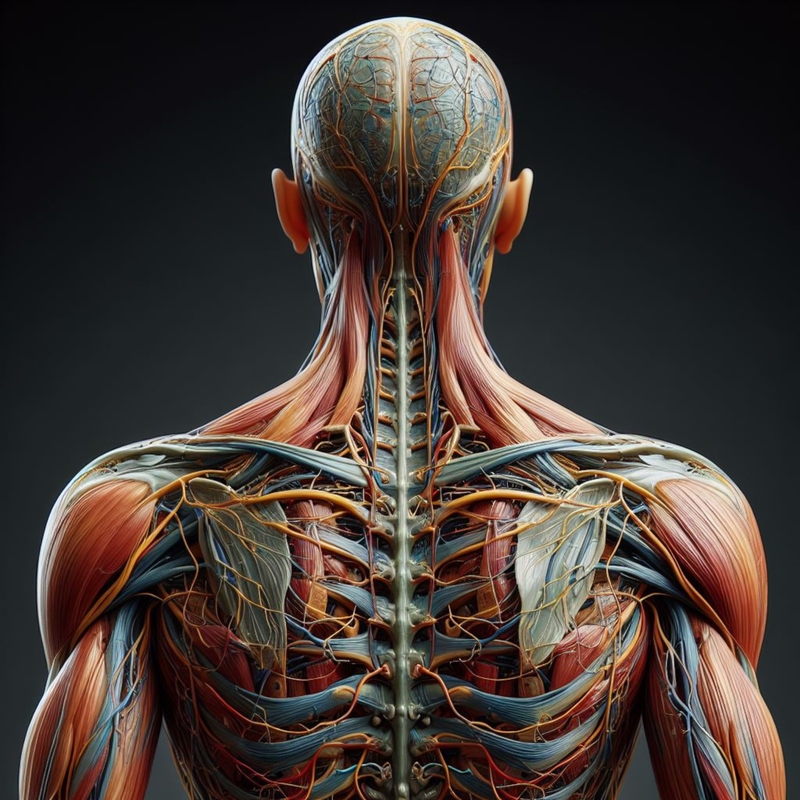Image Credit: Photo 305670732 © Wirestock | Dreamstime.com
Several clients are familiar with chiropractic and get adjusted on a regular basis. When I ask if the massage is within 24 hours of the adjustment, too many say, “No.” Bones provide stability and structure, while muscles provide movement. In other words, bones don’t move themselves and muscles would be all dressed up with nowhere to go without bones. It’s really important to address both at the same time.
You’ve Got Great Bones
Bones provide stability and structure. They hold us up and keep us perpendicular to the ground. Think of a femur. It’s a long bone – the longest in the body, actually. How would it move without articulations (joints) at the hip, knee, and ankle? Play along for a minute, and try to walk without bending your knee or moving your hip. Now imagine your knee is permanently unbendable. That’s the importance of healthy joints: Mobility.
But wait, there’s more. Like I said, bones don’t move themselves. If your muscles can’t contract and coordinate movement, then you’re still immobile.
Body in Motion
To keep it fairly simple, here’s a description of muscle movement:
When you decide to put your body in motion, the motor cortex sends an electrical signal through the spinal cord and peripheral nerves to the muscles, causing them to contract. The motor cortex on the right side of the brain controls the muscles on the left side of the body and vice versa.
Muscles move body parts by contracting and then relaxing. Muscles can pull bones, but they can’t push them back to the original position. So they work in pairs of flexors and extensors. The flexor contracts to bend a limb at a joint. Then, when the movement is completed, the flexor relaxes and the extensor contracts to extend or straighten the limb at the same joint.
https://kidshealth.org/en/teens/bones-muscles-joints.html
Without muscles contracting and relaxing in coordination, we’d be as motionless as statues.
Here’s a 5-minute video showing the muscles and bones working together in beautiful harmony. (That’s great stuff, isn’t it? It gets me teary-eyed.)

Image Credit: Photo 322298654 © Yuri Arcurs | Dreamstime.com
Now that you have a basic understanding of muscle flexion and extension, and the role bones play, you’ll appreciate why I recommend clients to get a massage and chiropractic adjustment within 24 hours of each other.
Not everyone’s spine comes out of alignment, but when it does, a massage is critical to extending the results of the adjustment.
Once you’ve gotten your spine adjusted into good alignment, if you don’t also address the muscles, the muscles will simply pull your spine out of alignment again. That’s money and time wasted.
Massage Before a Chiropractic Adjustment
Getting a massage before your chiropractic adjustment preps the muscles to relax. That makes your adjustment easier on you and your chiropractor.
Massage After a Chiropractic Adjustment
Getting a massage after the adjustment allows the massage to soothe muscles. It enhances blood circulation and facilitates metabolic waste removal.
Either way, the medical community refers to the marriage of muscle and bone as the musculoskeletal system because they’re so closely related. It makes a ton of sense to address both, since the results of one will help prolong the results of the other.
Conclusion:
Since muscles and bones work so closely together, whenever you need a chiropractic adjustment, remember to get a massage before or after, too!
Have you ever been to a chiropractor? Respond in the comments.
Be well,
April
Want to read the previous Client Education Series post? Click here for #8 Nine Things to Check When Choosing a Massage Therapist
Never miss an update! Join my subscribers. Just fill in the sign-up form.
Easily book your appointment: www.joyfulrisingspa.com
Call/Text: 754.777.9437
Email: april@joyfulrisingspa.com
Follow me on Instagram: (@aprilheathlmt)

Be the First to Comment